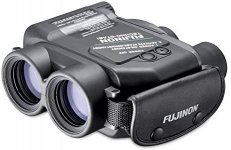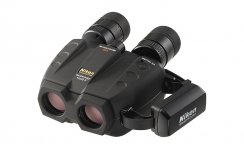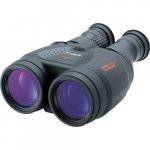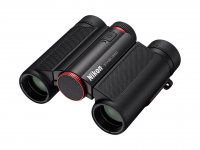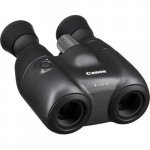With some manufacturers coming out with new IS binoculars do you feel that there is a place for IS in birding? I find the only binoculars that give me something more than my NL 8x42 is an IS and that is detail. My $300 Canon 8x20 IS allows me to see more detail than my $3K Swarovski NL 8x42 and sometimes I really like having that tripod like view when I am examine something closely. I have also added the Canon 12x36 IS III and the Canon 18x50 IS for long distance Pelagic birding, astronomy and observation because I get a rock steady view without setting up a tripod. I also have the new Nikon 10x25 IS because I find it less fiddly than most compacts even though it doesn't have alpha optics. It is the only compact I have ever been able to use comfortably. I ordered a Fujinon TechnoStabi TS 14x40 to see what they are like. I have heard they have a greater degree of stabilization than the Canons at almost 5 degrees as does the Nikon StabiEyes VR 12x32 and 14x40. What do you think of the newer Canons compared to some of these other IS binoculars like the Fujinon and Nikon and would you ever buy an IS binocular for birding or is a battery not in your birding future.
Attachments
Last edited:




